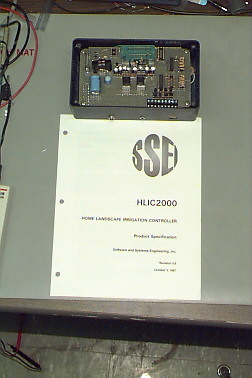
This is the beginning specifications document and the finished product of the
Home Landscape Irrigation Control System 2000.
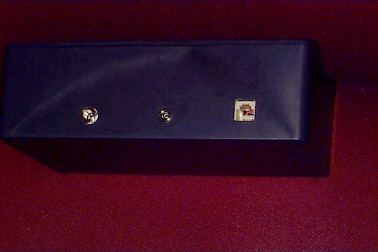
These are the connectors to the HLIC 2000. Power, communications and sensors. The Phone jack is used for both the rain gauge and the temperature sensor.
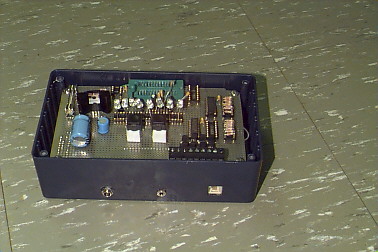
This is the inside of the HLIC 2000. What you see is two push buttons up front, a 28 pin ZIF socket in the back, 8 LEDs, 8 Triacs (turn on the valves), voltage regulator, two demultiplexers, some capacitors and resistors. All this works together with the microcontroller to create the HLIC 2000.
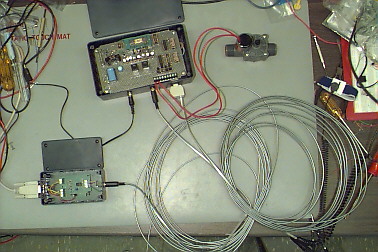
This is the layout of the wire used with the HLIC 2000.
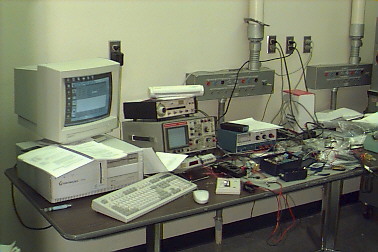
This is the table that we sit at and all the equipment that we use to develope the HLIC 2000.
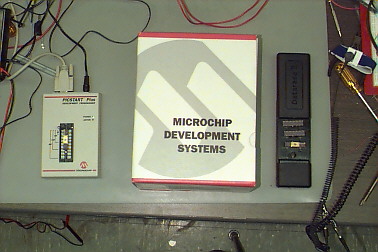
We used a MicroChip microcontroller to act as the brain for our project
and used the MicroChip development platform to upload the code onto the
microcontroller.
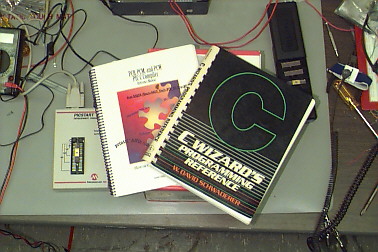
These are a few of the books that were used to program the microcontroller.

This is Tyler Mueller, flexing his mental muscle. Tyler is the man behind
the calculations of the algorithm, finding the algorithm and coming up
with a reliable solution for modifying the equations to implement for
evapotranpiration.
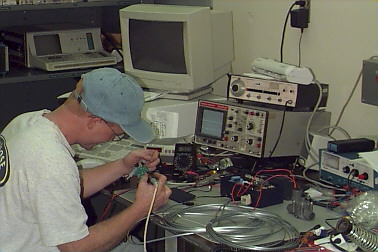
This is Scott Mickelson, making some modifications to the Box. Scott is
the mind behind the presentation of the HLIC 2000. He built the hardware
and made modifications that needed to be made.

This is Jeremy Simpson, showing off the HLIC 2000. Jeremy designed the
software and implemented the software on both the PC side and the microcontroller side. Making a home of the lab and finding a comfortable place to code
was the plan.
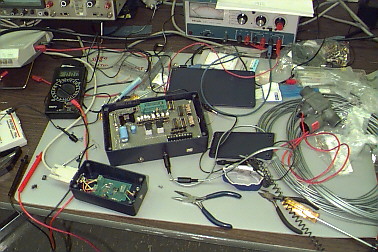
This is the sight of our workstation on an average day.